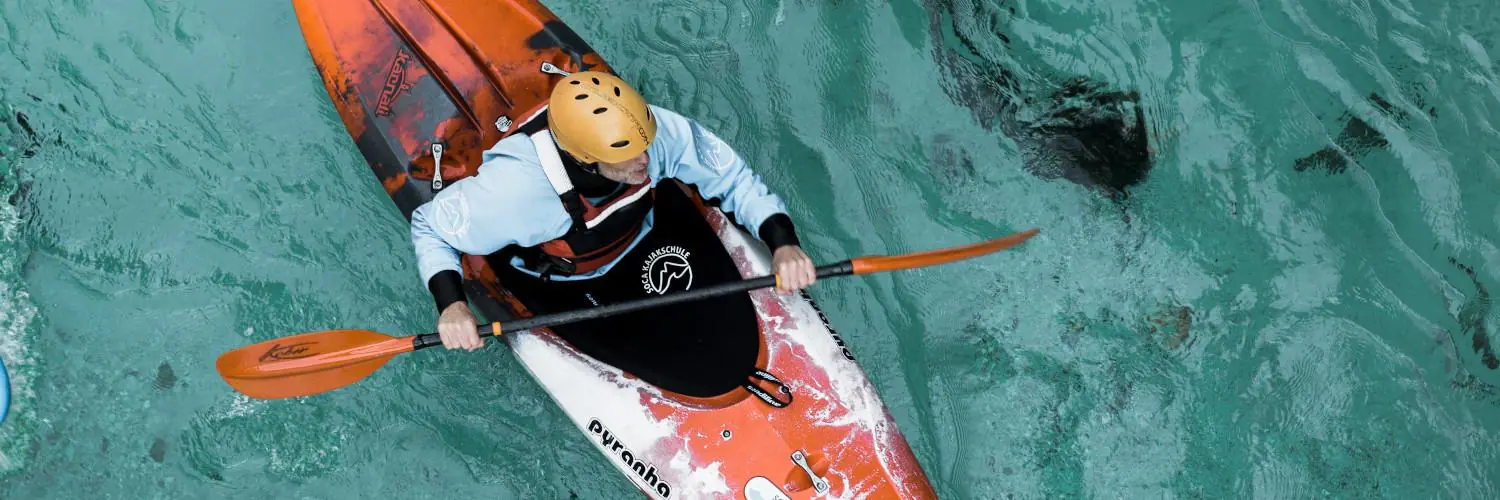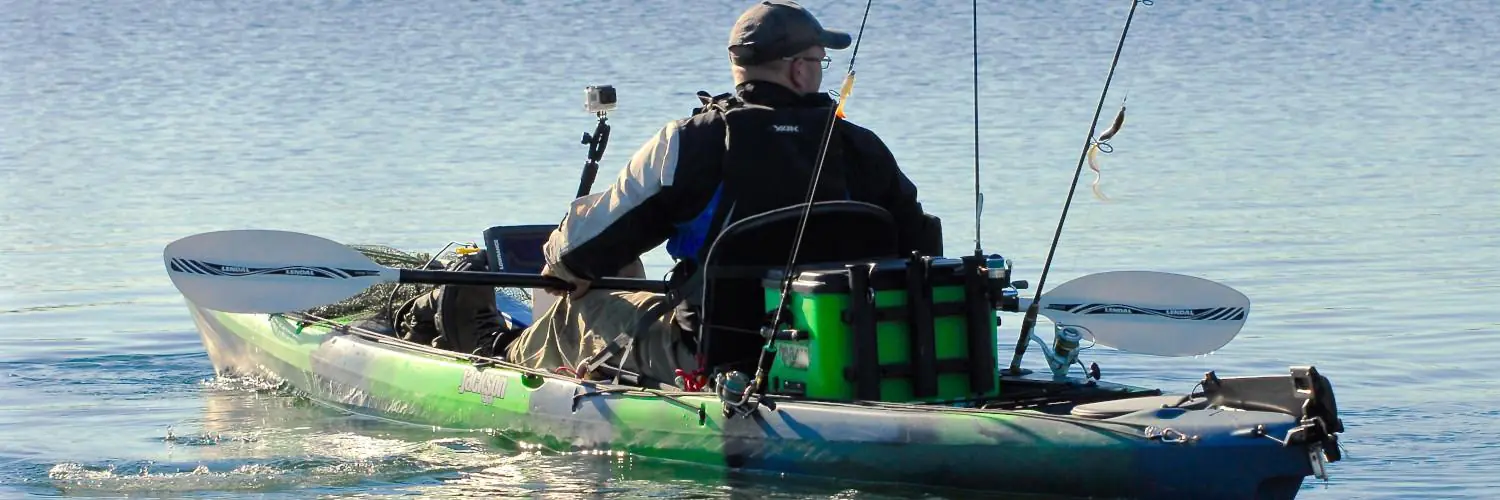Kayak floating docks are specialized platforms designed to enhance the experience of kayakers by providing a stable surface from which to launch and retrieve their kayaks. Unlike traditional docks, these are engineered with kayaking and canoeing activities in mind, focusing on ease of access and user safety. By sitting closer to the water’s surface and often featuring mechanisms that aid in stabilization, floating kayak docks address the challenge of embarking and disembarking, which can be particularly tricky on unstable surfaces or in changing water levels.
Manufacturers of these systems, such as EZ Dock and AccuDock, have developed a variety of configurations to cater to different environments and usage needs. These modular systems can integrate with existing docks or operate as standalone structures. Constructed with durability in mind, many kayak docks are built to resist extreme weather conditions and water level fluctuations, making them a versatile solution for both residential and commercial applications. The convenience of these docks extends to maintenance as well, with many designs requiring minimal upkeep, thereby allowing kayakers more time on the water.
Table of Contents
Understanding Kayak Floating Docks
Kayak floating docks are specialized platforms designed to provide a stable and convenient access point for entering and exiting kayaks. These docks adjust to changing water levels and offer portability features that cater to different waterfront scenarios.
Types of Floating Docks
Modular Floating Kayak Docks:
These docks consist of individual sections that connect, allowing for various configurations and sizes. Modular floating docks can be expanded by adding more sections as needed.
Drive-Thru Slip Docks:
Configured with an open slip design, these docks facilitate easy kayak entry and exit. Typically, they utilize two parallel platforms with a space in the middle for the kayak.
Benefits of Floating Docks
Stability:
Floating docks provide a stable platform, reducing the risk of tipping over when entering or exiting a kayak. The floating structure adapts to water level fluctuations, maintaining a consistent height above water.
Portability and Adaptability:
Many floating docks offer portability, making them suitable for different locations and situations. They can be easily reconfigured and relocated to accommodate users’ needs and waterfront constraints.
Design and Stability Features
Kayak floating docks are engineered to enhance the kayaking experience by offering features that improve stability and convenience during the launching and docking process.
Key Design Elements
V-shaped entry: This design element is central to kayak floating docks, with a V-shaped entry that helps center the kayak upon entry and exit. The structure allows for smoother launches by providing a guide that reduces the effort needed to align the kayak.
Integrated launch-assist paddle notches: These are built into the dock to secure paddles during launch and docking. This enables kayakers to focus on getting in and out of the kayak without worrying about their paddles floating away.
One-piece construction: A critical design element that contributes significantly to the dock’s durability and the overall stability. It allows the dock system to rise and fall with changing water levels while maintaining its structural integrity.
Stability Considerations
Stability features: They specifically refer to the characteristics that keep the dock steady and secure in the water, which is a top priority. Without compromising mobility and simplicity of use, the dock must offer a predictable and firm platform.
- Flat platform design: Provides a stable surface that helps kayakers maintain balance as they enter or exit their vessels.
Handrails: Where applicable, handrails offer additional support and balance for users, promoting safety and convenience.
By focusing on these design elements and stability considerations, kayak floating docks provide a secure, stable, and accessible system for kayakers to enjoy their water experience with confidence.
Choosing the Right Kayak Launch
Selecting an appropriate kayak launch system hinges on understanding the specific types of watercraft and dock configurations. Users must prioritize stability, compatibility, and ease of use to ensure a safe and enjoyable experience.
Kayaks and Canoes
For kayaks and canoes, a stable launch system is essential. The EZ Kayak Launch offers a dependable solution for both kayaks and canoes, compatible with various dock types. Its floating mechanism allows it to adapt to changing water levels, providing a stable platform for entry and exit in tan, black, or other color options to match the aesthetic of one’s dock.
Stand Up Paddle Boards
Individuals using stand-up paddleboards require a launch with a lower profile and smooth edges to avoid damage to the board. A system that provides an easy glide into the water and accommodates the long length of paddle boards is preferable.
Fixed Docks vs. Floating Docks
| Fixed Docks | Floating Docks | |
|---|---|---|
| Pros | Stable, unaffected by water levels | Move with water levels, versatile for fluctuating conditions |
| Cons | Can be problematic in waters with varying levels | May require more maintenance |
| Use | Ideal for calm, stable water environments | Suited for areas with tidal changes or water level fluctuations |
Fixed docks offer permanence and stability; however, when dealing with locations where water levels vary significantly, a floating dock such as the EZ Dock system is advantageous. Floating docks provide the flexibility needed for a safe and convenient kayak launch, adapting to the user’s specific environmental conditions.
Installation and Maintenance
When setting up a kayak floating dock, it is essential to consider the local water conditions including depth and fluctuation. Adequate maintenance can sustain the dock’s longevity and performance.
Setting Up Your Dock
Deep Water Installation: For deeper waters, the use of robust anchoring systems like pilings or mooring is crucial to ensure stability. One should inspect the anchoring system routinely to avoid any shifting that can occur with currents or winds.
Shallow Water: In more shallow areas, floating docks might need to be secured with cables or chains attached to weights or augers. Secure connection points are vital for adapting to the varying water levels.
Fluctuating Water: For environments where water levels change frequently, adjustable and floating docks are ideal. They adapt to the water level fluctuation, providing continuous access and usability.
Water Levels: Installers should take into account the expected range of water level changes to determine the right docking system. The dock structure should remain afloat and functional, whether water levels rise or drop.
Maintenance Tips
- Regular Inspections: It’s important to routinely inspect the dock, checking for any wear, damage, or loose sections, particularly after severe weather events.
- UV Protection: If the dock is made from materials like polyethylene, they typically include built-in sun protection to help prevent degradation from UV exposure.
- Cleaning: Periodic cleaning can prevent the buildup of algae, barnacles, and other marine growth, especially in saltwater conditions.
- Component Checks: One should regularly check and tighten any hardware connections, chains, or cables to ensure safety and functionality.
- Seasonal Maintenance: Prepare the dock for the off-season by winterizing; this may involve removing and storing the dock in icy conditions to prevent damage.
Rigorous adherence to installation and maintenance procedures ensures that the kayak floating dock remains a safe and convenient access point for enthusiasts, regardless of the changes in water conditions.
Floating Dock Accessories and Usage
The accessories connected with floating kayak docks not only enhance the user’s experience but also ensure a stable and safe entry point for kayakers. These docks provide a practical solution for launching a kayak in conditions ranging from calm to fluctuating water levels.
Essential Accessories
- Kayak Roller or Slide: They facilitate a smooth transition from dock to water, allowing the kayak to glide without heavy lifting or dragging.
- Cleats and Bumpers: They ensure that kayaks are securely anchored to the dock, preventing potential drift away and providing extra stability during entry and exit.
- Non-Slip Decking: This feature improves safety by reducing the risk of slipping, especially critical in cold and wet weather conditions.
Usage in Various Conditions
- Rising and Falling Water: Floating docks automatically adjust to changing water levels, maintaining a consistent point of entry and exit.
- Cold Weather: During colder months, the non-slip surfaces and stable entry points are particularly valuable, minimizing the risk of falling into cold water.








